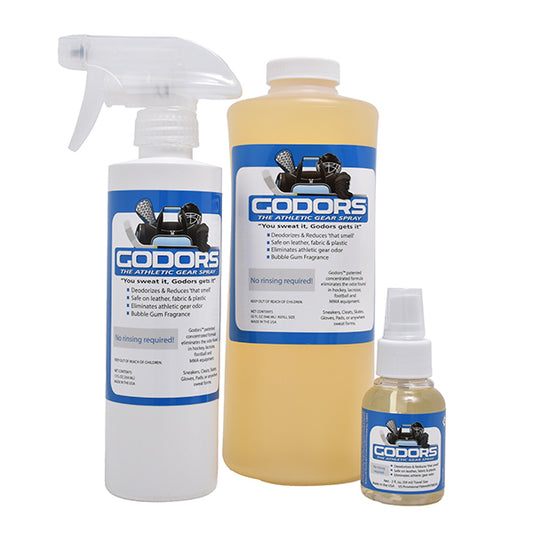

Want To Sell Our Products In Your Store?
1
/
of
2
Featured products
-
Godors Spray - 12 oz Bottle
Regular price $18.95Regular priceUnit price / per -
Godors Spray - 2x32 oz Refill
Regular price $60.00Regular priceUnit price / per -
Godors Spray - 32 oz REFILL
Regular price $34.00Regular priceUnit price / per -
Godors Spray - Home Value (1x12 oz & 1x32 oz Refill & 1x2 oz)
Regular price $50.00Regular priceUnit price / per
1
/
of
5
Godors
Godors Spray - Stock Up Starter (2x12 oz & 1x2 oz Bottle)
Regular price
$40.00
Regular price
Sale price
$40.00
Unit price
/
per
Share





1
/
of
8
Godors
Godors Spray - Value Day (12 oz & 2 oz Bottles)
Regular price
$23.00
Regular price
Sale price
$23.00
Unit price
/
per
Share








Testimonials
-
Smelly Ski Boots ⭐️⭐️⭐️⭐️⭐️
"My ski boots used to reek after a day on the slopes. I tried everything, but nothing worked until I found Godors. This spray is a game-changer! I can finally bring my boots inside without worrying about the smell."
— Jason M. -
Smelly Dog Beds ⭐️⭐️⭐️⭐️⭐️
"Our dog loves his bed, but it used to smell awful no matter how often we washed it. Godors completely eliminated the odor in minutes. It’s safe, effective, and smells great—I’m so impressed!"
— Emily T. -
Smelly Gym Shoes ⭐️⭐️⭐️⭐️⭐️
"I never thought I’d find a solution for my gym shoes—they were beyond gross! A few sprays of Godors, and the stink was completely gone. Now my shoes smell fresh every time I wear them. I’m officially a fan for life!"
— Rachel D.






